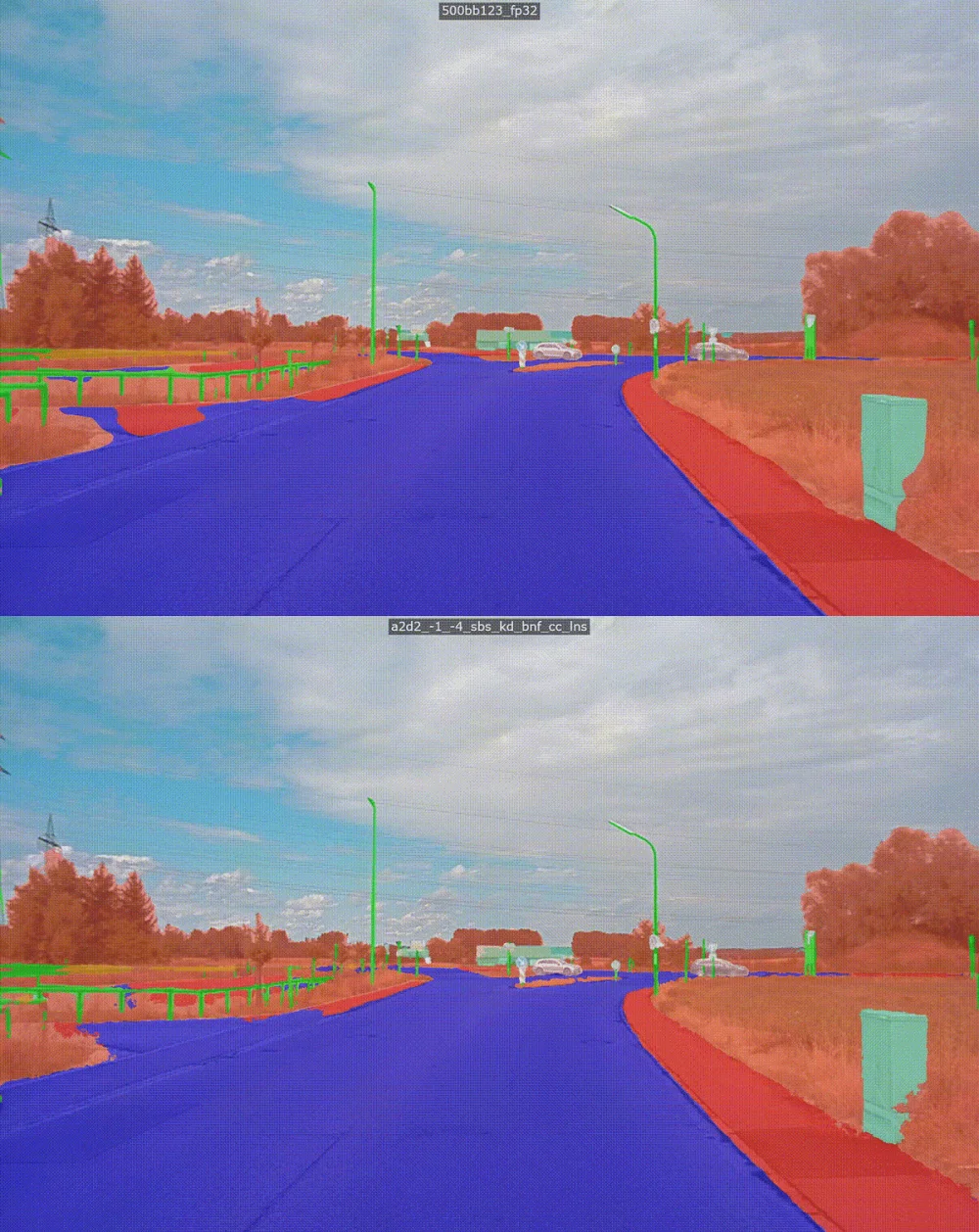How Self-Driving Cars Make Roads Safer For Vulnerable Road Users
By Sidhart Krishnamurthi — Product Management
Imagine you are driving a car, approaching a four-way intersection in a residential neighborhood. From the right, a cyclist is also approaching the intersection. A large tree obstructs your view of the cyclist until the last second, just yards from the point of collision. With little time to react and brake, the two of you collide. The obstruction reduces your time to react and hinders your ability to safely avert a collision with a vulnerable road user (VRU) such as a pedestrian, motorcyclist, or in this case, a bicyclist.
In addition to obstructions, other common factors put pressure on reaction time and endanger VRUs. Heavier cars or faster speeds increase braking time. Distracted drivers or those driving at night or through inclement weather may not notice a VRU until it’s too late. Pedestrians are also unpredictable, as they are easily distracted. Safety in these circumstances is contingent on fast reaction times, often beyond human capabilities, thus leading to dire outcomes.
Delving into how important reaction time is mathematically, let us revisit the obstruction example. Assuming you are traveling 30MPH towards the intersection and the cyclist is traveling perpendicularly at 10MPH, the following three figures show how a VRU collision occurs:



The bush hides the cyclist from you and vice versa until the last second. And because human reaction time is non-zero, by the time you both react, the accident has already taken place.
Such scenarios have led to alarming statistics. Globally, up to 50% of road fatalities involve a VRU, and this number goes up to 80% in the developing world. Looking into how safety has evolved for VRUs versus traditional car drivers, severe injuries and fatalities are reducing at a much slower rate amongst the former. Because modern urban society is shifting towards more VRUs compared to cars, the safety of these road occupants must be prioritized. And don’t just take our word — the New Car Assessment Program, or NCAP, considers VRU collisions to be extremely critical. They developed an Automatic-Emergency-Braking test to enable car manufacturers to develop vehicles that must brake their own to avoid VRU collisions and subsequently garner a perfect safety rating. Luckily for VRUs, autonomous vehicles (AVs) provide a path to safety, as they eliminate the non-zero human reaction time.
Let’s look at the obstruction example used previously, except this time an AV replaces the car you drive. The following figures demonstrate how this AV is able to avert the VRU collision:



Due to its instantaneous reaction time, the AV has ample time and distance to safely brake for the cyclist. With this capability, AVs can mitigate all exacerbating factors that demand a shortened reaction time, providing a solution for the VRU collision problem.
To remove reaction time, the performance of AVs must be top notch. This stems from a high processing capacity to fully interpret its surroundings and to transmit that information in a few milliseconds so the car can safely avert the collision. Today, there is no such solution with this capability.
Fortunately, we at Recogni Inc. are developing a Vision Cognition Module. Purpose-built to enable self-driving cars to process the plethora of surrounding visual information, our product allows AVs to eliminate human reaction time, ensuring safety for both VRUs and the AV’s occupants.





